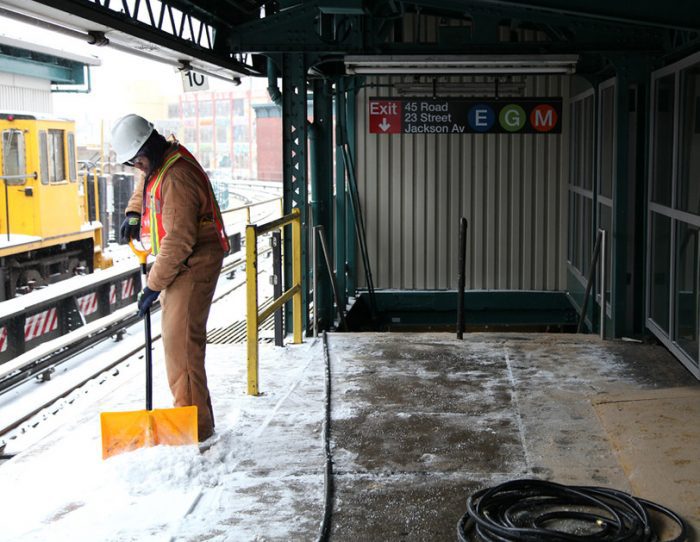
In a recent DAT Freight & Analytics blog post, I wrote about preparing for winter driving. This week, we’re exploring how to winterize diesel fuel.
Winter is fast approaching, and fleet owners and operators should already be starting their winter fuel preparation. The top concern for winter truckers is ensuring diesel fuel doesn’t gel, which can occur around 5-10º F, while ice formation and filter plugging can occur at temperatures as high as 32º F.
Why does diesel gel?
As temperatures decrease, the paraffin (wax) present in ULSD fuel can solidify and freeze, causing a blockage in the engine’s fuel flow. Additionally, any water in the fuel may freeze on the surfaces of fuel filters, leading to a restriction in the fuel flow and difficulty starting a cold engine. Kevin Forestell, CEO of Dozr Equipment Rentals, says, “There are three stages of diesel gelling, including cloud, pour, and gel points.”
As the name suggests, the cloud point is when the fuel starts forming crystals. The fuel begins to look cloudy, indicating that the quality of the fuel is being affected. This usually happens around 32 degrees Fahrenheit – 0 degrees Celsius – or the freezing point. The pour point happens when the fuel continues to freeze or collect wax particles. It happens after the cloud point and refers to when the diesel loses the ability to pour correctly. The gel point is the final point and indicates that the diesel fuel has completely solidified. At this point, zero fuel is moving through the fuel lines or engine of a machine, truck, or vehicle.
Fuel additives – the cheaper alternative
Most experienced truckers use winter diesel additives, which are effective and cost-efficient in preparing fuel for frigid weather. A diesel fuel supplement is popular amongst truckers, a winterizer/antigel used in the cold winter months to prevent fuel gelling and keep fuel filters from plugging with ice and wax. A single 12-ounce bottle of this product, which typically retails for $14 – $15/bottle, treats 100 gallons of diesel fuel.
In an emergency when fuel has already gelled, Diesel 911 is the go-to product for most truckers. The product formula reliquefies gelled fuel and de-ices frozen fuel filters to restore the flow of diesel fuel to an engine.
Summer and winter diesel blends
According to American Truck Business Services (ATBS), diesel fuel comes in two blends – summer and winter – which is important to know if you operate in the northern half of the United States. ATBS is the largest tax and accounting firm for owner-operator truckers and fleets and offers some great advice on preparing for winter driving.
The two blends of diesel fuel are separated by the cetane rating, which determines how hot the engine and fuel can get before the fuel spontaneously combusts. The cetane rating also indicates how easy it is to ignite. In the case of Summer non-treated blend diesel, also known as #2 ULSD, diesel will cloud and gel at higher temperatures than the #1 ULSD winter blend, which has a lower viscosity and is not prone to gel in freezing temperatures.
Most truckstop chains treat for the conditions of their region, but as always, it’s advisable to check with your engine manufacturer for recommendations on fuel treatments.
Using the right fuel and additives for weather conditions is much cheaper than a tow and recovery bill.


